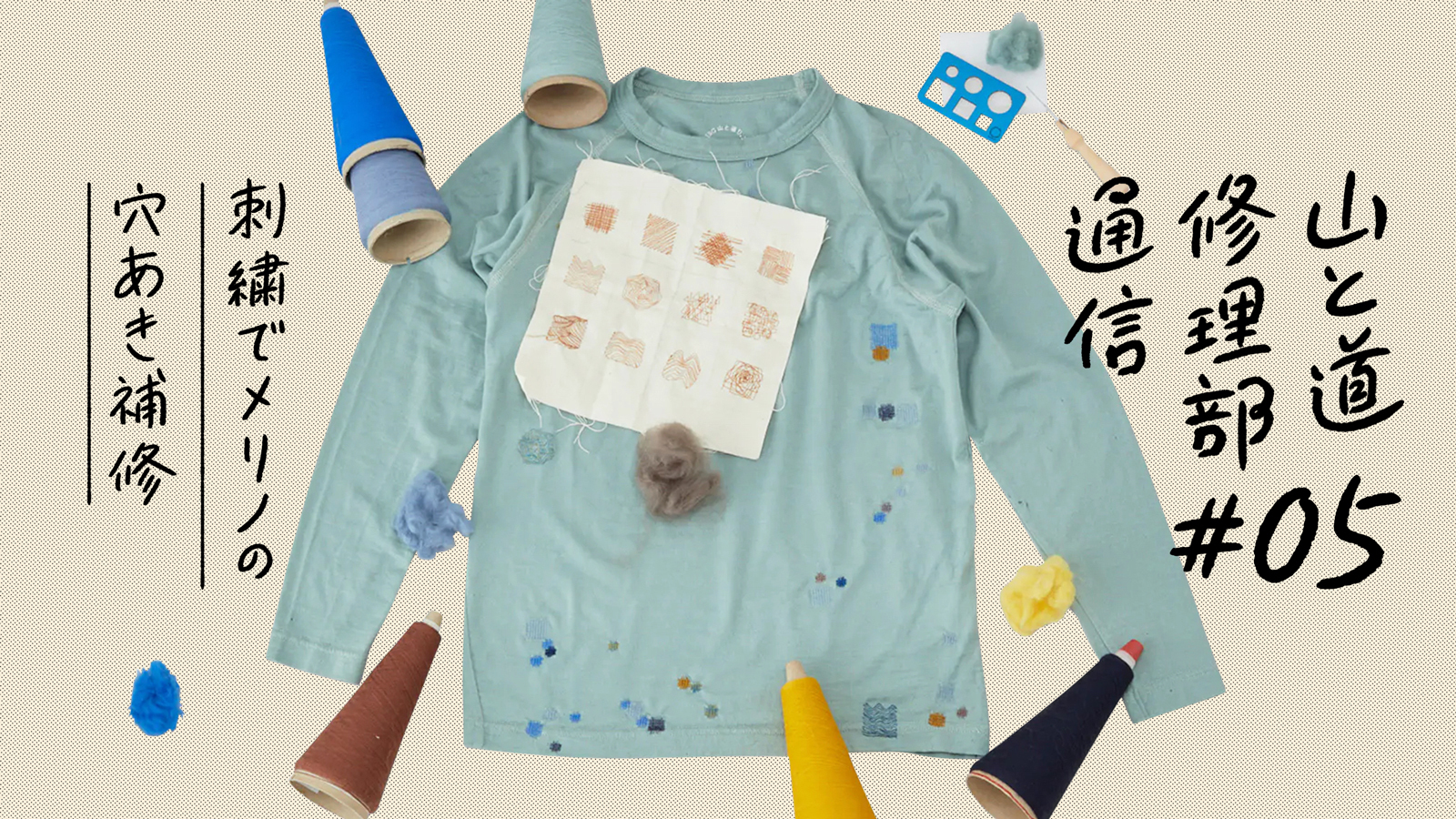#5 Repairing Merino with Embroidery
Composition & Text: Masaaki Mita
Photography: Hikaru Otake
#5 Repairing Merino with Embroidery
Composition & Text: Masaaki Mita
Photography: Hikaru Otake
#5 Repairing Merino Wool Holes with Embroidery
The soft touch, comfortable feel, odor resistance even when sweating, and natural temperature and moisture regulation capabilities—Merino wool is truly remarkable. At Yamatomichi, we produce numerous Merino wool products, but with this affection for Merino comes the inevitable issue of holes caused by friction or insects.
Until now, our repair department at Yamatomichi has been using felting as a technique for repairing these holes. However, due to how labor intense it was we were forced to find new methods to carry on customer repairs. We turned our attention to embroidery as a unique repair method. After much research and experimentation, we were able to establish a method for repairing holes using an embroidery machine.
In this article, we will dive into repairs with embroidery. Showcasing the actual process of embroidery repair and the potential it holds. While holes may initially seem like a loss, they could potentially be turned into something very beautiful… perhaps that’s an exaggeration, but this embroidery repair for Merino wool embodies Kitajima’s sentiments.
The repair department at Yamatomichi will continue to assist customers in using their products with care for a long time to come, feel free to reach out to us!
Repairing Merino wool with felting
I’ve been involved in repairs at Yamatomichi for about four years now (July, 2023), and during that time, I’ve truly battled with Merino wool holes.
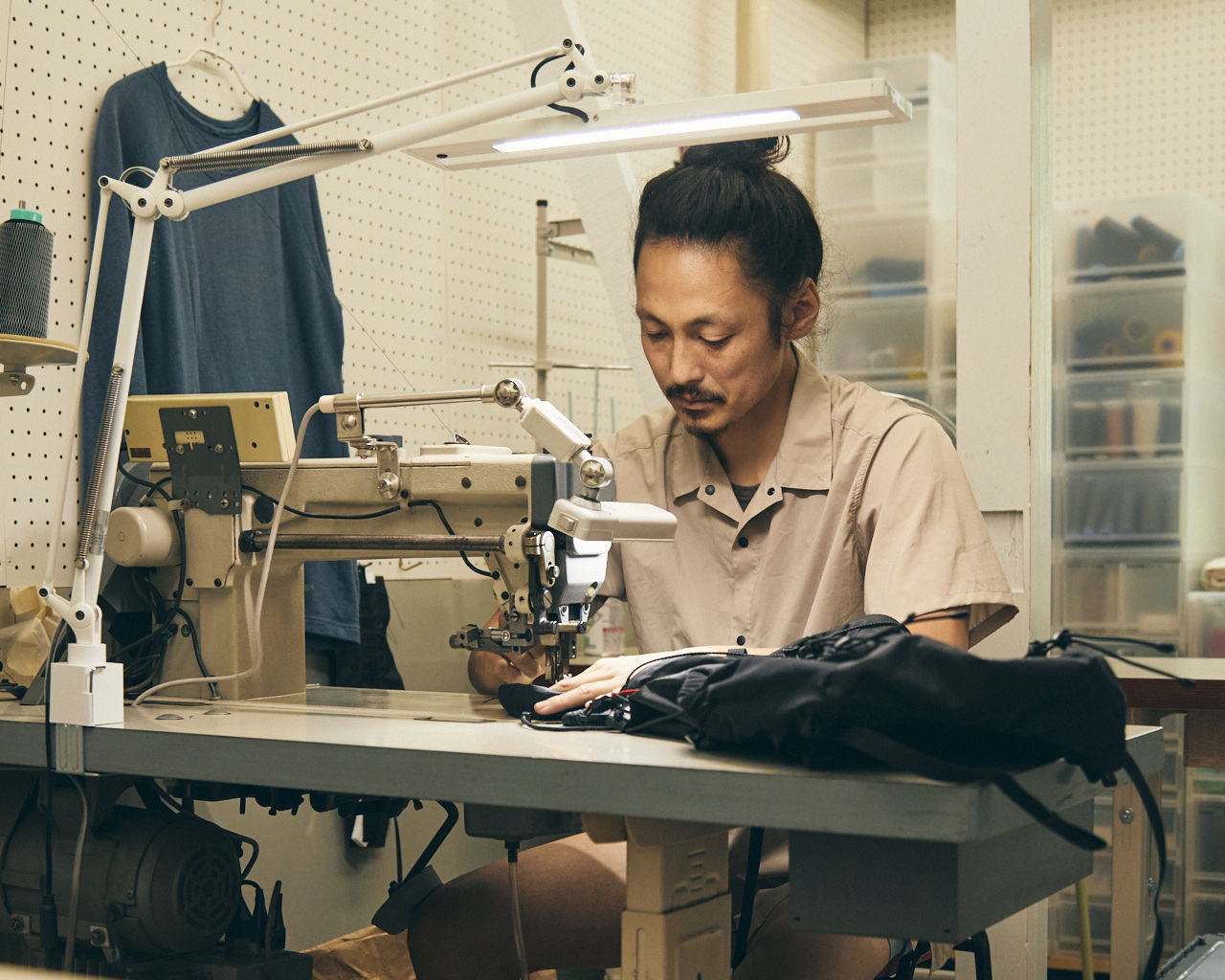
The main causes of holes in Merino wool are primarily moth damage and, secondly, fraying or thread breakage from rubbing or snagging. Wool is a food source for insects, and moth damage can occur depending on how it’s stored. Unlike synthetic fibers woven from long strands, wool is made by twisting together fine fibers into a single thread, so it inherently has limitations in strength against friction and other forms of wear and tear.

A hole in Merino wool. It’s very shocking, but it’s an unavoidable issue when dealing with Merino wool.
Initially, there was no established method for repairing holes in Merino wool, and even if repairs were attempted, they were very labor-intensive, typically involving attaching interfacing to the back and sewing with thread, making them generally not feasible. However, through efforts to find a solution, the introduction of felting as a technique made repairs a bit easier, leading to an increase in repair requests. Currently, hole repairs, particularly in pants, are one of the most common repair tasks.
Felting repairs small holes and scratches by felting the fibers together with a felting needle, an analog technique. It involves damaging the fibers to some extent to effect the repair, a method rarely used by other manufacturers. However, it’s a method that customers can easily perform themselves with simple tools, aligning well with the culture of ultralight hiking where individuals often modify or create their own gear. Because of this, Yamatodō has adopted felting as a repair method and has introduced it to customers as a viable option.
I feel really happy when customers appreciate the repairs that we can do, which would typically be considered impossible. However, when it comes to holes caused by moth damage, sometimes multiple holes can open up at once. With felting, which requires a certain amount of time for each repair, it can be challenging to handle cases where there are too many holes to repair in a reasonable time frame. This has been a persistent concern for me.
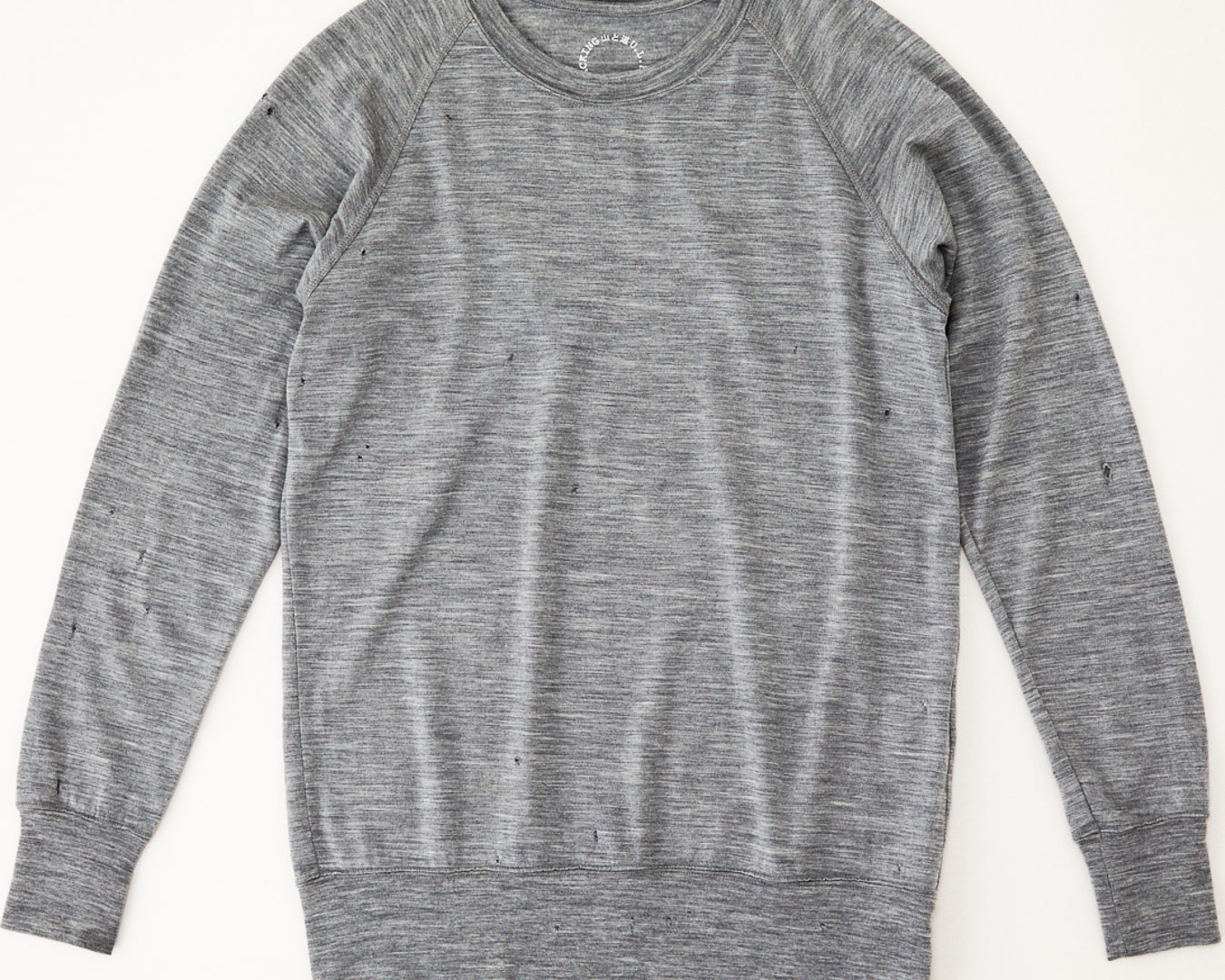
When there are so many holes, the time and labor required for felting repairs can become quite substantial, making it impractical.
Since 2021, the yarn structure of Yamatodo’s Merino wool fabric has changed from double yarn to single yarn, which requires more delicacy in felting repairs. Sometimes, attempts at felting can backfire and actually enlarge the holes. Because of this, I have been constantly searching for alternative methods.
The possibilities for embroidery
This applies to all types of repairs, but it’s generally challenging to restore something to its original condition. For items like backpacks, replacing entire parts can make it look nice again, but with holes, partial repairs are often necessary, so it’s difficult to restore it perfectly to its original appearance.

With hole repairs, if the repair marks are going to be visible anyway, I started thinking about ways to turn them into a design feature. Traditional mending techniques, like European darning, which uses needle and thread, or Japanese sashiko, where fabric is layered and stitched together, are not only functional but often look great as a design element, even today. I explored repair methods that embrace the natural wear of fibers and transform it into something visually appealing.

An example of darning repairs we experimented with to see if this method could be incorporated. While it creates an interesting texture, it’s labor-intensive, making it impractical to adopt as a regular repair method.
While techniques like darning and sashiko are wonderful, they are also labor-intensive and require custom work for each piece, making them impractical for the repair department to offer as regular services. This led me to explore whether similar results could be achieved using machine embroidery instead of hand-stitching.
However, standard embroidery thread, like the kind used for patches, results in a very stiff finish. It took considerable time to find a way to create the soft, hand-stitched feel.
Through trial and error, I was able to achieve a more natural, softer texture by adjusting the embroidery patterns and threads. Previously, it took around 10 to 20 minutes to repair a single spot using felting by hand. With an embroidery machine, the same spot can now be covered in less than five minutes, significantly reducing repair costs and allowing us to handle a greater volume of hole repairs.
Examples of repairs with embroidery machine
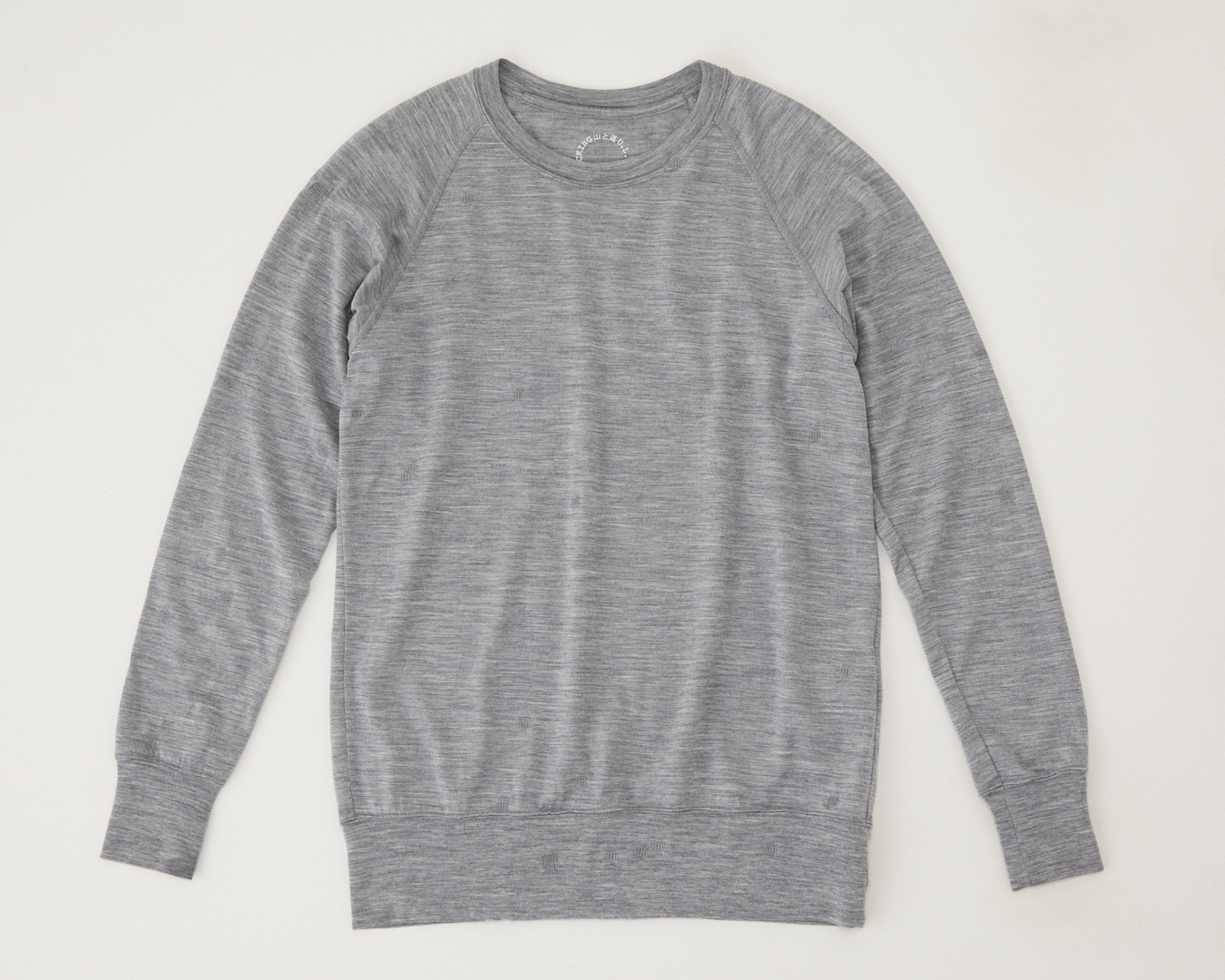
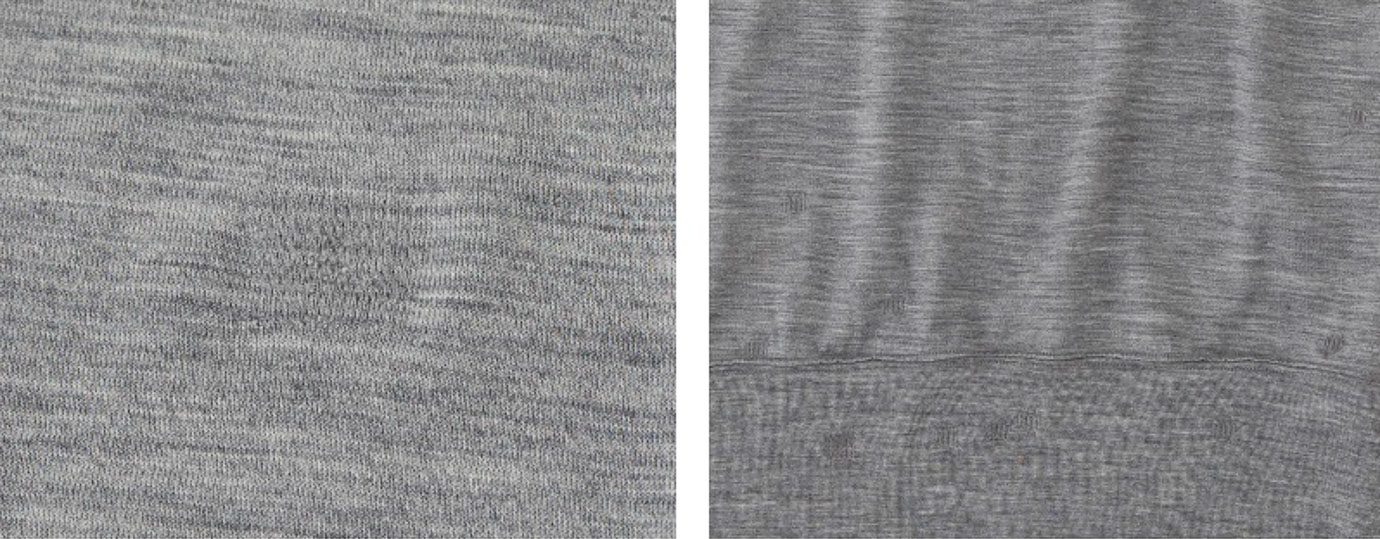
We used an embroidery machine to repair the numerous holes on the 100% Merino Pullover shown above. While the repair marks are somewhat visible, the unique texture adds character, making the piece something you can cherish. Admittedly, repairing such a large number of holes can be costly, but please feel free to consult with us about your options.
Currently, we only offer repairs with matching thread colors, but for customers interested in a unique look, we’re considering offering repairs with different thread colors as well. Additionally, by using two colors of thread, we can create a distinctive texture, which we’d also like to suggest as an option.
Examples Repairs with Colored Thread

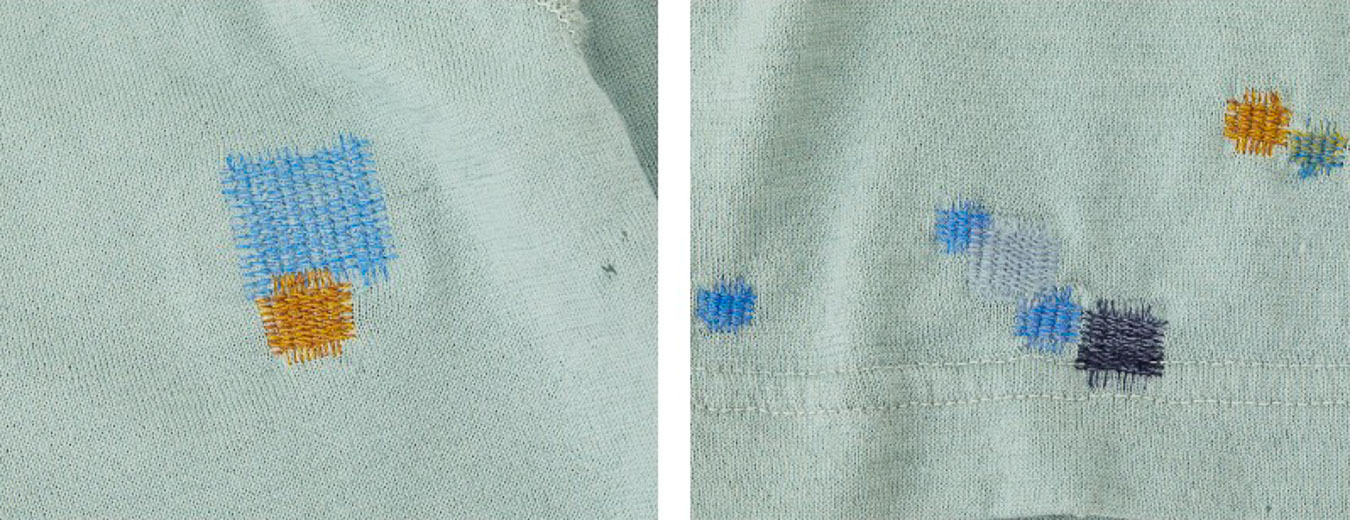
Here are examples of embroidery repairs using colorful thread. We’ve added bold colors for visibility. While we generally use matching colors for repairs, we’re happy to accommodate requests for custom colors, so please feel free to reach out if you’re interested.
Felting can be risky and technically challenging, especially for those not familiar with it. However, with embroidery, once you learn the proper setup, the process becomes much more accessible. Not only can you repair with custom colors, but you can also embroider different shapes, which adds flexibility. We’re currently preparing to install embroidery machines in our Kamakura and Kyoto stores, where we can carry out repairs while communicating directly with customers. We think it would be a fun and engaging way to personalize repairs together.
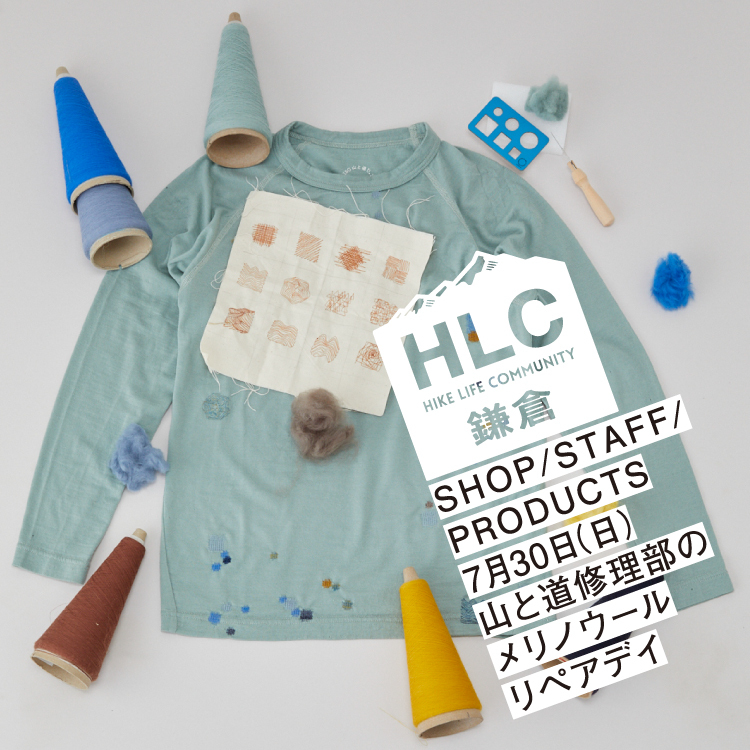
As the first step in this initiative, we are launching a program focused on the repair of Yamatomichi Merino wool products, titled “Merino Wool Repair Day by Yamatomichi Repair Department.” This event will take place on July 30, 2023, at Yamatomichi Zaimokuza. Our repair team staff will be on-site all day, sharing easy repair techniques and tips for prolonging the life of your gear. While reservations for the day are unfortunately fully booked, we’ll also be hosting a live repair session during the post-shop meetup, which still has spots available. If you’re interested, please check out the program details page for more information.
Shifting from traditional perspectives
Many Yamatomichi customers, especially those who use our repair services, have a deep affection for their gear. We often receive requests to repair items that most people would consider unwearable due to the number of holes. However, these customers want to keep using their items because of the mountains they’ve climbed together and the time they’ve spent with them. This has been one of the most surprising aspects of running the repair department, and we continually learn from our customers about the value and meaning they find in their belongings.

An example of repairs on the 5-Pocket Shorts: The shorts had extensive holes and tears throughout, but due to the customer’s strong request, we undertook large-scale repairs. Additionally, the customer preferred the repair marks to be visible, so instead of using matching colors, we used contrasting patches to highlight the repairs.

An example of repairs on the 100% Merino Hoody: The elbow area had a large tear, so after consulting with the customer, we applied a large patch over it, similar to an elbow patch, to fully cover and reinforce the area.

An example of repairs on the Merino Cap: It had large holes and frayed fabric, but we used embroidery to reinforce and mend these areas.
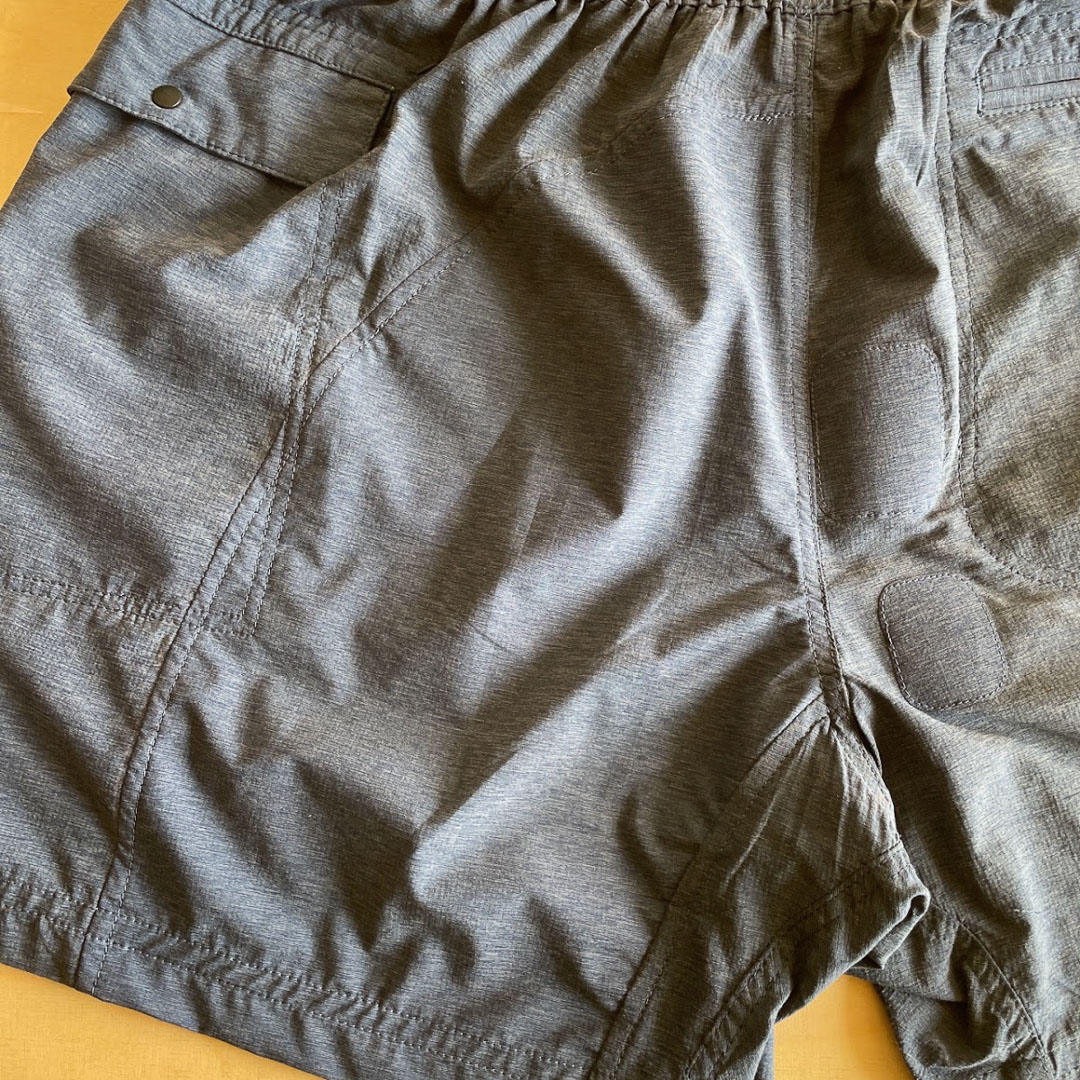
An example of repairs on the Light 5-Pocket Shorts: The left seat area had a large tear, and there were several smaller holes on the right seat. We applied a large patch on the left side, giving it a panel-like appearance, and used matching fabric to cover the holes on the right side.
Yamatomichi, as a brand rooted in the spirit of UL hiking, aims to go beyond simple repairs. I hope that our repairs inspire customers to try their own repairs, make modifications, or even create something themselves. While a hole might seem like a negative thing, it could actually spark a positive transformation.
It may sound a bit grand, but this approach to repairing Merino wool with embroidery reflects our philosophy in the repair department.
Of course, it’s ideal if no holes form at all, but if they do, we’d love to help turn them into something unique—like a spontaneous design that adds character to your gear. We’re here to support the journey of making your tools and clothing even more original through these unexpected changes.

We’re also considering using patterned embroidery for repairs like this. If you’re interested, you can try out these embroidery repairs at events like the “Yamatomichi Repair Department Merino Wool Repair Day.” We’d love to see you there!
Merino Wool Embroidery Repair Services


For Yamatomichi Merino wool products, we offer repairs for holes by reinforcing them from the back with fabric and using an embroidery machine to stitch over the area. While the repaired area may be slightly stiffer and the repair mark will be visible, this method provides a durable fix.
Cost: Starting at ¥1,000 per spot (+¥500 per additional hole)
* Repair methods and pricing may vary depending on the condition of the holes.
Discounts may be available for items with multiple holes, so please feel free to consult with us.
Shipping fees will be additional:
To Yamatomichi: Prepaid
Return from Yamatomichi: ¥700 (including tax)
If you’re interested, please contact us via the repair request form under SUPPORT → Repair Information.

















